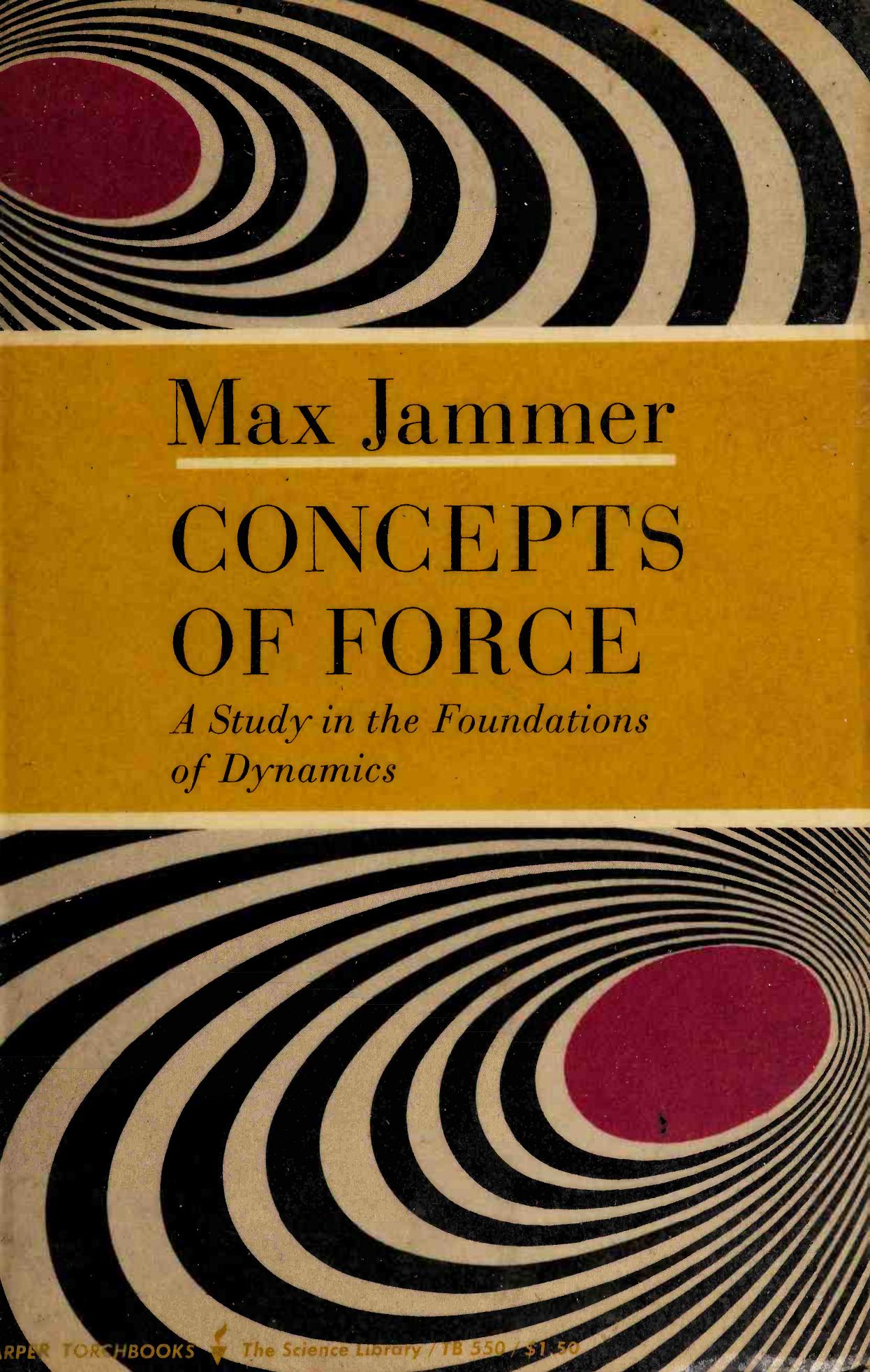Concepts of Force (Dover Books on Physics) by Max Jammer

Author:Max Jammer [Jammer, Max]
Language: eng
Format: mobi, pdf
ISBN: 9780486150567
Publisher: Dover Publications
Published: 2012-07-31T00:00:00+00:00
These remarks are of great interest for the history of physics, not only because they declare an independent ontological status of the Leibnizian concept of force, but also because they proclaim a new special science â called, perhaps for the first time, dynamics â as the study and investigation of its manifestations in nature.
Leibniz was not only a theologian and metaphysician, but also a physicist and mathematician. No wonder, therefore, that he was searching for qualitative and quantitative determinations of his concept of force within the conceptual scheme of physics proper. For qualitative demonstrations he refers to the principle of inertia. Natural inertia, he contends, cannot be accounted for by the mere conception of extension. With him, inertia becomes a real vis insita in a dynamical sense. âPour prouver que la nature du corps ne consiste pas dans lâétendue,â he declares, âje mâétois servi dâun argument expliqué dans le Journal des Sçavans du 18. Juin 1691, dont le fondement est, quâon ne sçauroit rendre raison par la seule étendue de lâinertie naturelle des corps, câest-à -dire, de ce qui fait que la matière résiste au mouvement.â407 For Leibniz, a moving body is different from a body at rest. Its motion is not merely a successive occupancy of different places in space, it is a state of motion at each separate moment. This state of continual change of place involves some effort. As, however, the very principle of inertia excludes an external influence for the continuation of this motion with constant speed, this effort must be the outcome of an inherent force or activity. Inertia as the principle of the continuation of motion is thus a proof of the existence of an activity inherent in the moving body. Moreover, inertia as the principle of resistance, to be overcome by the moving forces, must be of the same category as these, that is, it must be a force.
One point only in these conclusions needs further elucidation. It may be objected that Leibnizâs conception of motion as explained above is merely a variation of the old impetus theory and thus implies no original ideas. That this interpretation is wrong can be easily understood if we remember that Leibnizâs notion of motion is the result of his view of space as a relational concept. Since space is relational, he contends, that which is real and absolute in motion does not consist in what is purely mathematical, such as change of neighborhood or localization: it is force itself.
Download
Concepts of Force (Dover Books on Physics) by Max Jammer.pdf
This site does not store any files on its server. We only index and link to content provided by other sites. Please contact the content providers to delete copyright contents if any and email us, we'll remove relevant links or contents immediately.
| Automotive | Engineering |
| Transportation |
Urban Outlaw by Magnus Walker(2950)
Never by Ken Follett(2879)
OPNsense Beginner to Professional by Julio Cesar Bueno de Camargo(2802)
Sapiens and Homo Deus by Yuval Noah Harari(2414)
Machine Learning at Scale with H2O by Gregory Keys | David Whiting(2289)
A Short History of Nearly Everything by Bryson Bill(2135)
Will by Will Smith(2041)
Hooked: A Dark, Contemporary Romance (Never After Series) by Emily McIntire(1957)
Borders by unknow(1785)
Rationality by Steven Pinker(1764)
Holy Bible (NIV) by Zondervan(1715)
Freedom by Sonny Barger(1485)
The One Percenter Encyclopedia by Bill Hayes(1463)
Five Ways to Fall by K.A. Tucker(1395)
Girls Auto Clinic Glove Box Guide by Patrice Banks(1362)
Far and Near by Neil Peart(1355)
The Becoming by Nora Roberts(1330)
Cuba's Car Culture by Tom Cotter(1325)
A Short History of War by Jeremy Black(1299)
